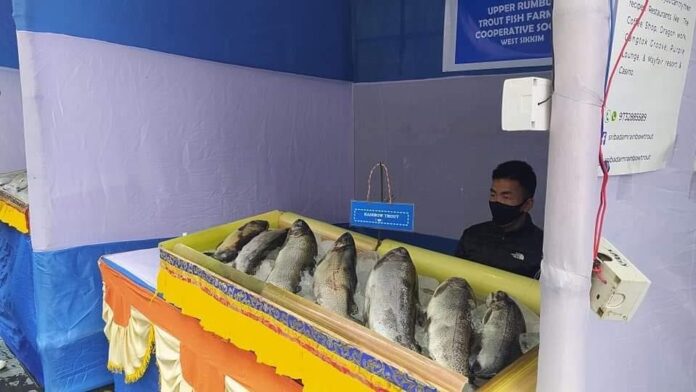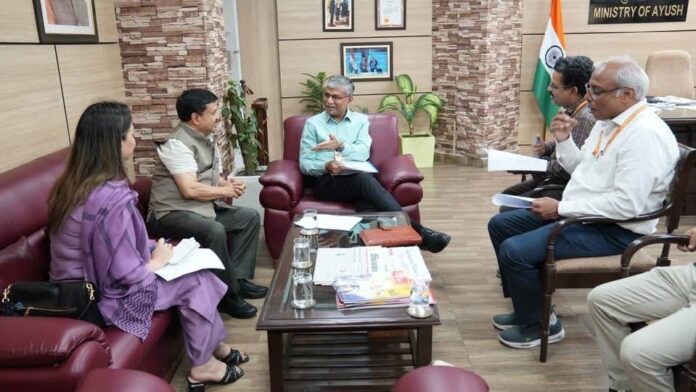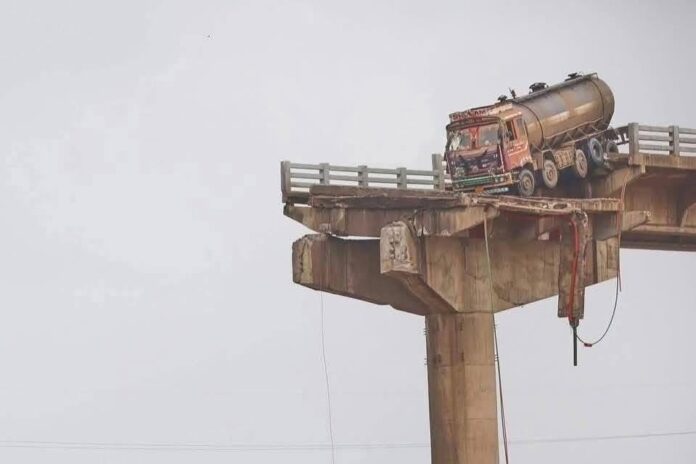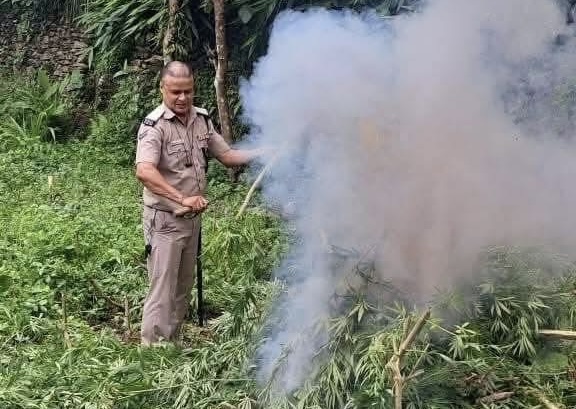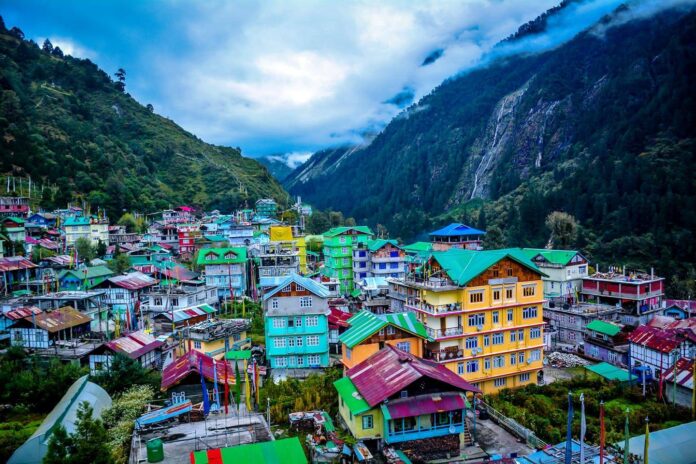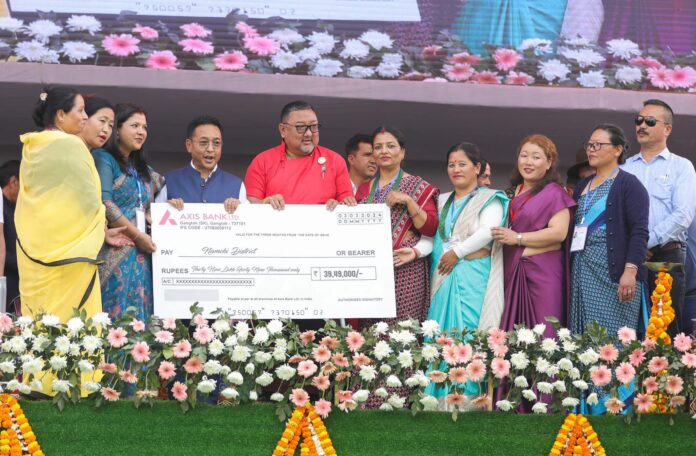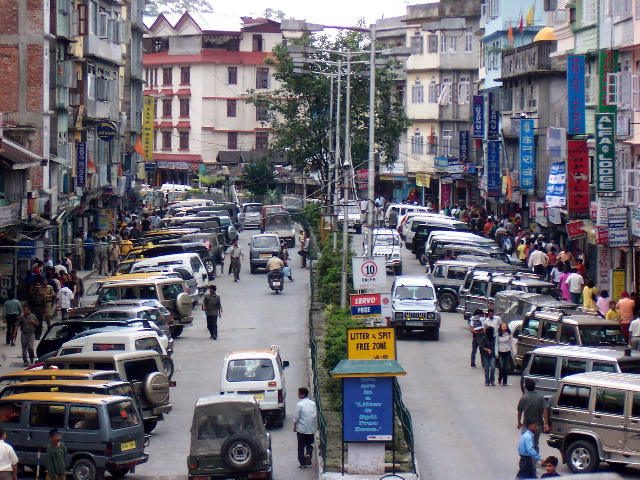As part of the ongoing 50th year of statehood celebrations, Yuksam-Tashiding under Gyalshing district organized a Half Marathon today under the theme “Mero Rukh Mero Santati”, an initiative of the Government of Sikkim envisioned by the Hon’ble Chief Minister, Mr Prem Singh Tamang(Golay).
The marathon aimed to promote a healthy and active lifestyle while raising awareness about environmental conservation and discouraging substance abuse among youth.
The event was flagged off from Yuksam Helipad at 8:00 AM by Advisor to state medicinal plants board Mr NB Limboo, in the presence of Zilla Adhakshya Gyalshing Mr Ds Limboo, Range Officer KNP/T Mr Tenzing W Bhutia, and other dignitaries.
Over 200 runners from various parts of Sikkim and neighboring states participated in the marathon, which concluded at Gerethang Bazar with a prize distribution ceremony.
The event was jointly organized by registered local NGOs from the Gerethang-Labing GPU, in collaboration with the Forest & Environment Department and the Commerce & Industries Department, Government of Sikkim.
Minister for Tourism & Civil Aviation and Commerce & Industries Department, and Area MLA, Mr Tshering T Bhutia, graced the occasion as the Chief Guest and also participated in a plantation drive conducted as part of the event.
In the women’s category, Ms Priya Tamang from Kalimpong secured the first position, followed by Ms Sapna Patel from Gangtok and Ms Bandana Limboo from Kalimpong, who placed second and third, respectively.
In the men’s category, Mr Brahma Lall from Rajasthan clinched the top spot, while Mr Bikash Bhujel from Kalimpong and Mr Prince Raj Mishra from Bihar secured second and third places, respectively.
Speaking on the occasion, Minister Mr Tshering T Bhutia congratulated the winners and participants, and commended the efforts of the organizing teams and supporting departments. He emphasized the importance of sports and fitness for both mental and physical well-being, and elaborated on the Mero Rukh Mero Santati scheme, under which every parent of a newborn is encouraged to plant 108 trees. The government supports this initiative by providing a one-time fixed deposit in the child’s name to assist with future educational expenses.
He also expressed concern over the rising screen time, online gaming addiction, and increasing instances of drug abuse among youth. The Minister highlighted the alarming trend of substance abuse and assured that the state government is taking stringent measures to curb the menace. He urged the younger generation to focus on constructive pursuits and meaningful contributions to society. Furthermore, he outlined various youth-centric development and welfare schemes launched by the state government.
The winners were felicitated with certificates, medals, and cash prizes by the Minister.
Also present at the event were Advisor to the Chief Minister Mr GM Lepcha, Advisor to the State Medicinal Plants Board Mr NB Limboo, Deputy Commandant of 72 BN SSB Yuksam Mr Meghnath Routh, Assistant Commandant Mr Jon Lenthang, Marathon Man of Sikkim Mr Amar Subba, Zilla and Gram Panchayat members, officials from the Forest Department, SSB personnel, representatives from local NGOs, Students, and the general public.
Report from DIO Gyalshing



